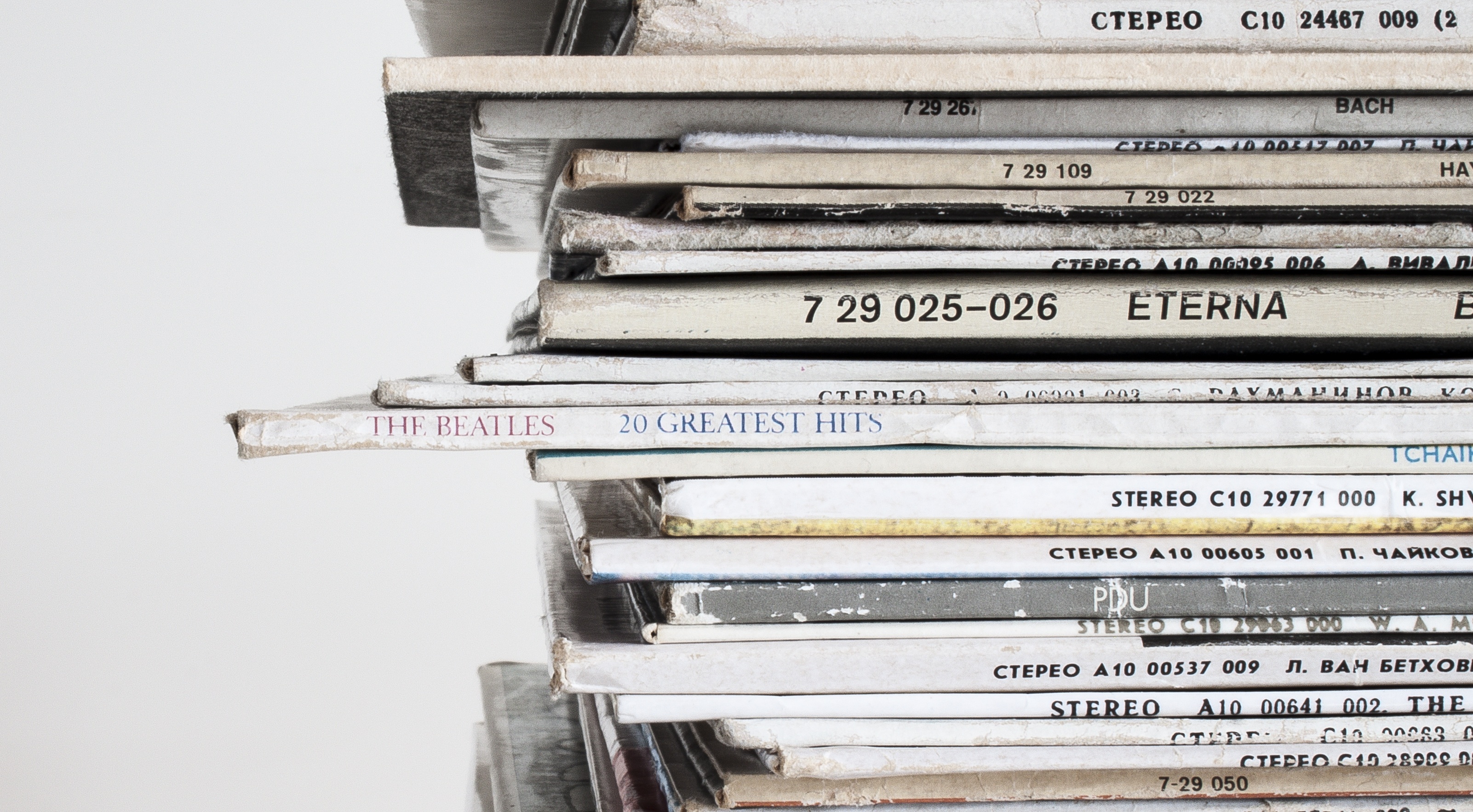
For the last year the corner on an upper-floor of our home has become a dumping ground. Before it was a usable space; my personal work and storage space, a desk with paperwork, my husband’s record collection, house administration and mementos. Last October when we re-configured and upgraded an area of our living room to include a new work space for myself, storage units and an entertainment system, the renovation resulted in moving “temporarily” all audio and video equipment, CDs and videos upstairs. Our intention was to re-home it all after the renovation.
Well, a year on and that hasn’t happened. We were conscious of what we added to the new storage units, what I moved into my downstairs work space. We didn’t want to clutter the space we just spent months designing. So there stood everything upstairs, collecting dust, being neglected. And as the months rolled by items that had no home or were part of another project began to pile up. I walked by this space every time I went upstairs. It irritated me that the rest of our home was neat and tidy, yet if I wanted to use the printer it required careful footing and a balancing act ensuring the piles didn’t tumble. It was a growing irritation that appeared to only affect me, my husband appeared to be clutter-blind to the situation.
It has been a year since the renovation and I’ve had enough. To me, this is a useless, waste of space, cluttered with useless, outdated items. I had to take action.
The take away:
- It takes a vision/purpose to motivate for the what the space should be used for. Just tidying alone will not keep it tidy. If it is considered a dumping ground then it will remain a dumping ground, no matter how tidy the piles are. So I re-imagined the space as a music corner for my husband. He has a large record collection and a stereo system silently collecting dust. He also has no individual space for himself in the home.
- It takes time. Over two afternoons I moved and rearranged furniture, configured the new music station, sorted through piles of paperwork (so much went into the recycling bin), and re-homed several items. In total, I spent more than six hours re-organizing. Limit the time you commit to your organizing project to save energy and avoid decision fatigue. Start with 30-minute intervals and build from there.
- You will have to make lots of decisions rapidly. And it will be exhausting, that is decision fatigue. It hasn’t been used in a year, should I keep it? Will we use this? Do we love it? How many art projects of my children should I keep? Do I like all these photographs?
- You will get distracted. As you sort you will discover a myriad of projects to complete. I found piles of photographs and albums, my children’s art projects, computer cables and accessories, furniture parts and manuals. Don’t fall into the trap and be distracted by completing these projects, no matter how small or how quick you might think they will take to complete.
- You can’t throw away possessions that aren’t yours. We own a large CD collection, on top of the records, and I wanted to downsize the storage. We’ve gone digital, but we are not yet ready to let go of our collection. Despite saving the CD along with the inner sleeve my husband was rather disappointed when I trashed the jewel cases of his CDs. I saw less storage space; he saw a less valuable collection for his rarer CDs.
- You will find outdated appliances or materials. I found a Walkman CD player and a tape collection. My smartphone plays my digital music and tapes went out of vogue in the 1990s. Technology changes rapidly, but our willingness to let go over our investments is much harder. What is the current value of holding on to these items?
- There will be a (large) pile that needs to go to the charity shop and recycling center. Schedule this in your agenda and action it ASAP. The point of the organization project was to get rid of the piles. Leaving this too long will lead to the broken window syndrome, the piles will attract new piles. You will end up back to where you started, losing the time and space you gained.
- Everything needs to find a home. Re-home every item in the current space you are re-organizing or somewhere else in your home. If it you can’t, then most likely it needs to leave the home.
When you look around your home do you see unfinished projects? What you need is the help of a professional organizer, a person who can:
- help you see the big picture
- clear your space of clutter and unnecessary distractions
- focus on the right priorities for your family and home
- find more effective organizing solutions
If you are struggling to decide where to start, sorted.by Melissa, a professional organizer, can help. Whether it be addressing clutter, storage inefficiencies or preparing for a move or renovation, sorted.by Melissa will work with you to find the solutions that work best for you and your home so that you can move forward.

